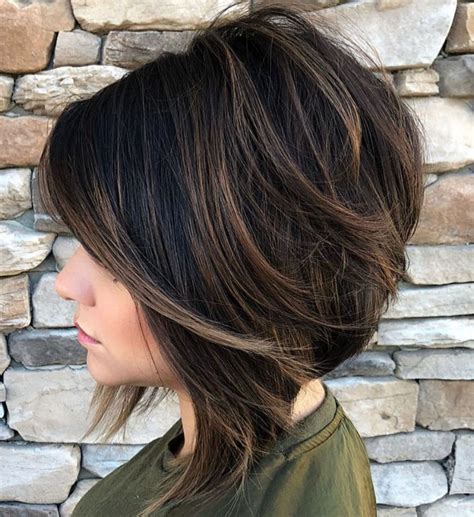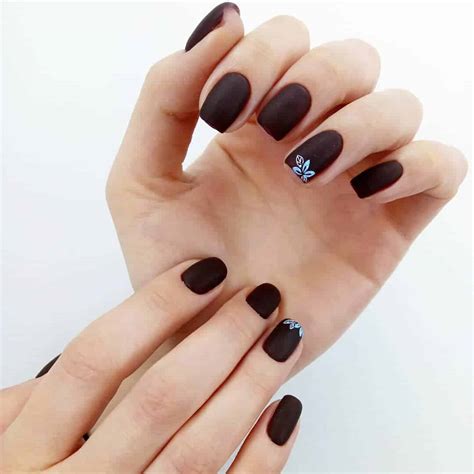Discover how to choose the right hair texture, prep your hair, create natural-looking sections, start the dreading process, and maintain freeform dreads. Get styling tips too!
Choosing the Right Hair Texture
Contents
When starting the freeform dreading process, it’s important to first consider choosing the right hair texture. The texture of your hair will play a significant role in how your dreads will form and ultimately look. The ideal hair texture for freeform dreads is typically thick and coarse, as this type of hair tends to hold the dreads better and form more easily. However, this doesn’t mean that individuals with finer hair textures can’t achieve freeform dreads. It simply means that they may require more time and effort to come together.
As you consider choosing the right hair texture for freeform dreads, it’s also important to keep in mind your natural hair pattern. Those with naturally curly or kinky hair textures tend to have an advantage when it comes to forming freeform dreads, as the natural curl pattern provides a good foundation for the dreadlocks to form and hold their shape. However, those with straighter hair textures can still achieve freeform dreads with the right techniques and products.
It’s important to note that the process of growing freeform dreads may involve making changes to your hair care routine, no matter what your natural hair texture may be. Embracing the natural texture of your hair and allowing it to form dreads in its own unique way is a key aspect of the freeform dreading process. Ultimately, the most important factor in choosing the right hair texture for freeform dreads is to embrace and work with the natural characteristics of your hair, allowing it to develop into dreads in its own way.
Prepping the Hair for Dreading
When it comes to prepping your hair for dreading, the first step is to make sure your hair is clean. Use a clarifying shampoo to remove any product buildup and oils from your hair. This will help the hair lock together more easily when you begin the dreading process. After cleansing, it’s important to thoroughly dry your hair before moving on to the next step.
Next, you’ll want to separate your hair into sections. This can be done using a comb or simply by parting the hair with your fingers. Keep in mind that the size of your sections will determine the thickness of your dreads. If you want thicker dreads, create larger sections. For thinner dreads, create smaller sections.
Once your hair is sectioned off, it’s time to start teasing or backcombing each section to create the dread. This process involves combing the hair in the opposite direction of growth to create tension and encourage the hair to lock together. This can be done using a fine-toothed comb or a special dread comb.
After teasing each section, you may want to consider using a bit of wax or gel to help the hair hold its shape as it locks together. Be sure to use these products sparingly, as too much can lead to buildup and prevent your dreads from maturing properly.
Finally, it’s important to be patient and give your dreads time to mature. This process can take several months, so it’s important to care for your dreads properly during this time. Regular maintenance, including washing and separating your dreads, will help them stay healthy and continue to develop over time.
Creating Natural-Looking Sections
Coolest Ways to Get the Freeform Dreads Look Right Now
When it comes to creating natural-looking sections for your freeform dreads, it’s important to embrace the unique texture and movement of your hair. Instead of forcing your hair into uniform sections, allow the natural patterns of your hair to guide the process. This will result in a more organic and effortless look that complements your individual hair type.
One method for creating natural-looking sections is to simply let your hair be. Relying on the natural divisions within your hair will produce a look that is truly unique to you. Embrace the unevenness and variation, as this is what gives freeform dreads their character and charm.
If your hair texture is particularly wavy or curly, you can enhance the natural sections by gently separating the hair with your fingers. By gently pulling apart the hair in a twisting motion, you can encourage the formation of distinct sections without disrupting the natural flow of your hair.
Another technique for creating natural-looking sections is to use a wide-tooth comb to gently tease apart the hair. This can help to define the natural sections while still maintaining the overall freeform look. Avoid using fine-toothed combs, as these can create unnatural-looking divisions in the hair.
Overall, the key to creating natural-looking sections for your freeform dreads is to embrace the natural beauty of your hair and work with its unique qualities. By allowing your hair to guide the process, you can achieve a look that is truly one-of-a-kind.
Starting the Dreading Process
When it comes to starting the dreading process, there are a few key things to keep in mind. First and foremost, it’s important to cleanse the hair thoroughly. This will help ensure that the dreads form properly and have a clean foundation to start from. Use a clarifying shampoo to remove any product buildup, and be sure to thoroughly rinse the hair to get rid of any lingering residue.
Once the hair is clean, it’s time to section it off. Creating even, natural-looking sections is essential for achieving the best results. Use a rat tail comb to divide the hair into small, evenly sized sections. This will help ensure that the dreads form consistently and look uniform once they’ve fully developed.
After sectioning the hair, it’s time to start the actual dreading process. There are a few different methods you can use to start the dreads, including the twist and rip method or the backcombing method. Whichever method you choose, be sure to take your time and work carefully to create tight, well-formed dreads from the very beginning.
As you start the dreading process, it’s important to be patient and gentle with your hair. Avoid using excessive force or pulling on the hair too tightly, as this can cause damage and breakage. Instead, work methodically and gently to encourage the hair to form into dreads naturally.
Maintaining and Styling Freeform Dreads
When it comes to maintaining your freeform dreads, it’s important to keep your hair healthy and free of any build-up. Regularly washing your hair with a residue-free shampoo and gently separating any sections that may be merging together will help maintain the dreadlocks’ definition. Be sure to also regularly moisturize your dreads to prevent them from becoming brittle and dry.
To style your freeform dreads, you can experiment with different accessories such as beads, wraps, and headscarves to add a unique touch to your look. You can also try out different methods of tying your dreads back or leaving them loose to switch up your hairstyle. Additionally, consider using natural oils to add shine and luster to your locks, keeping them looking healthy and vibrant.
Keeping your scalp clean and healthy is crucial for maintaining your dreads. Regularly massaging your scalp with natural oils can help promote hair growth and prevent any scalp issues. Additionally, consider incorporating a regular deep conditioning treatment into your hair care routine to keep your dreads looking their best.
When it comes to maintaining and styling your freeform dreads, it’s essential to listen to your hair and give it the care and attention it needs to thrive. Embrace your unique style and experiment with different looks to keep your dreads looking fresh and fashionable.













